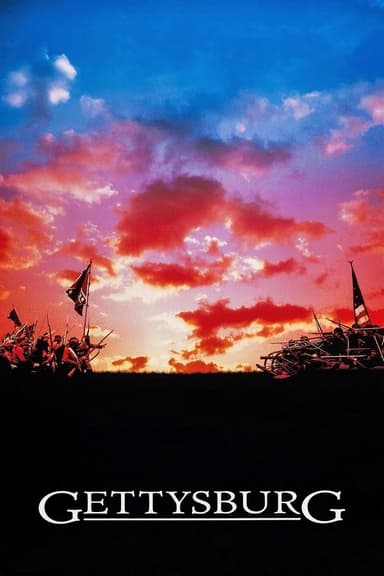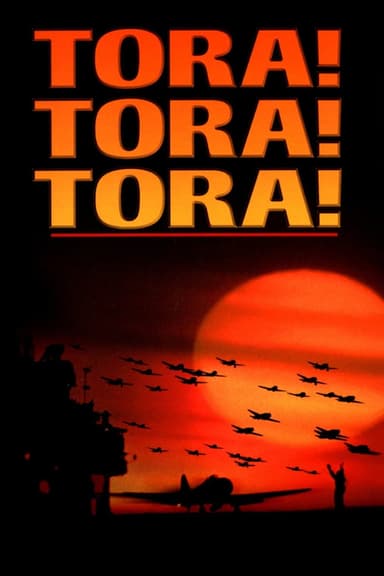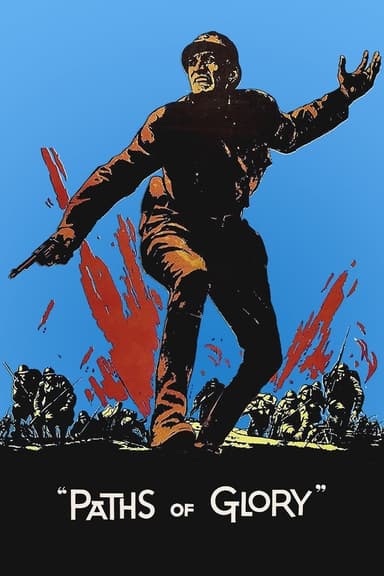
Andersonville
1996 • Drama, History, TV Movie, War • NR
This lengthy docudrama records the harrowing conditions at the Confederacy's most notorious prisoner-of-war camp. The drama unfolds through the eyes of a company of Union soldiers captured at the Battle of Cold Harbor, VA, in June 1864, and shipped to the camp in southern Georgia. A private, Josiah Day, and his sergeant try to hold their company together in the face of squalid living conditions, inhumane punishments, and a gang of predatory fellow prisoners called the Raiders.
Runtime: 2h 47m
Why you should read the novel
MacKinlay Kantor's Pulitzer Prize-winning novel, Andersonville, delves deeper into the psychological torment, moral dilemmas, and resilient spirit of those who endured the notorious prison camp. The narrative’s scope and depth far surpass what even the most ambitious film adaptation can portray. Through meticulous research and vivid characterizations, Kantor brings to life not only the prisoners, but also the citizens and soldiers outside the camp, painting a haunting picture of the era’s complexities.
By choosing the novel over the movie, readers gain access to a multitude of perspectives, enhanced with detailed backstories, inner monologues, and the wider social and historical context. The book allows for a slower, more immersive experience, where each individual’s struggles are given the space to develop and resonate. You can appreciate Kantor’s evocative prose and literary techniques, which capture both the grim realities and fleeting moments of hope within the camp.
Furthermore, Andersonville the novel offers invaluable insights into the human condition, exploring themes of justice, compassion, and survival. The power of written storytelling draws readers personally into the hardship and heart of its characters. Reading the source material provides a profound, contemplative experience that goes far beyond the visual drama and time constraints of the film.
Adaptation differences
One of the most significant differences between the 1996 film Andersonville and its source novel is narrative scope. MacKinlay Kantor’s book is an expansive, multi-layered chronicle featuring a vast ensemble of characters—both Union prisoners and various civilians in the surrounding community. The movie, by contrast, narrows its focus almost exclusively on the experience of the prisoners within the camp, condensing the scope and concentrating on a handful of main characters.
While the novel explores the perspectives of both Union and Confederate figures, as well as civilians whose lives intersect with the camp, the film leans heavily into the misery and ordeal of the captured soldiers. This shift means that many of the book’s subplots and character arcs are either condensed or omitted entirely, losing much of the extensive character development that makes the written work so compelling.
Additionally, the adaptation sacrifices some of Kantor’s historical detail and psychological introspection for cinematic pacing and drama. The book’s slower, more reflective style enables readers to truly grasp the moral ambiguities and emotional complexities faced by each character. In contrast, the movie often relies on visual storytelling and dialogue, offering a more visceral but less nuanced experience.
Lastly, the movie alters or simplifies many historical events and character motivations for the sake of clarity and continuity. The novel’s careful blending of fact and fiction, and its poetic approach to storytelling, are largely absent in the adaptation. As a result, while the film effectively communicates the prison's brutality, it cannot replicate the full breadth and emotional depth that Kantor achieves in his literary masterpiece.
Andersonville inspired from
Andersonville
by MacKinlay Kantor











